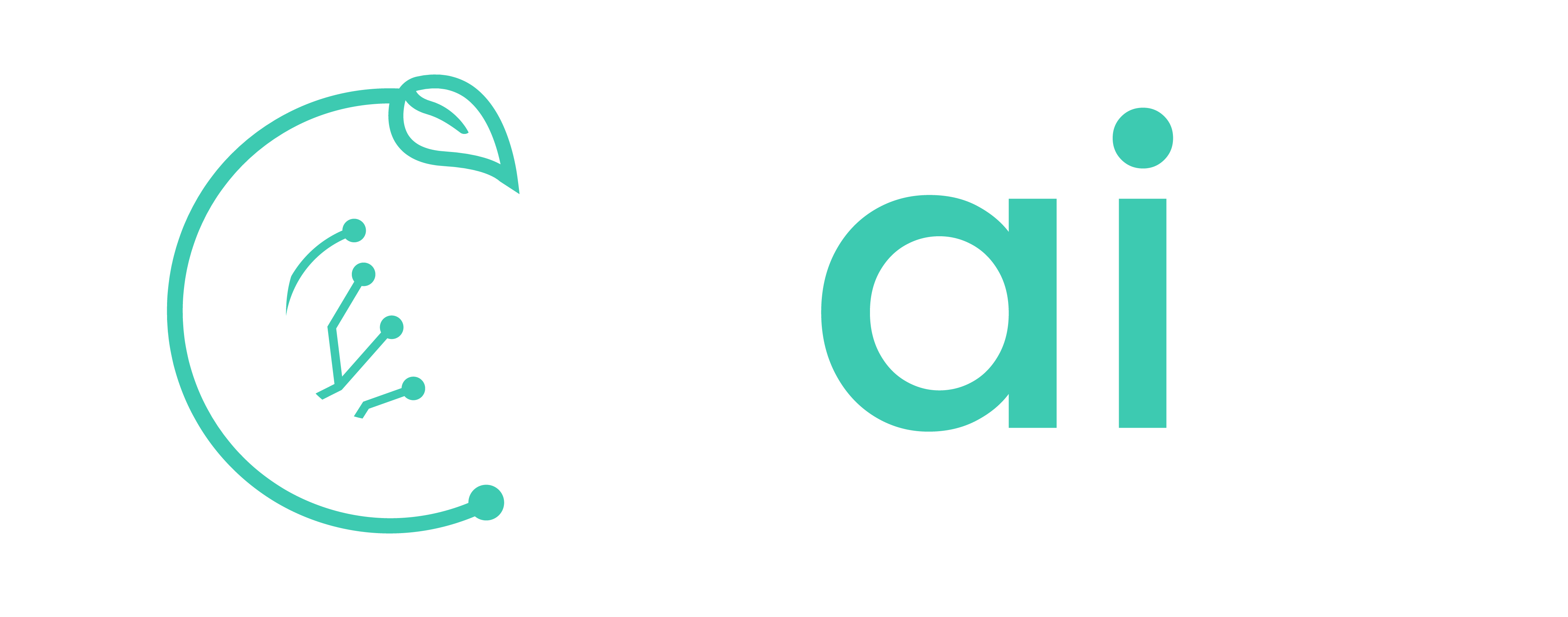
An Introduction to the Digital Reference in Semiconductor Supply Chains
Challenges in the Semiconductor Industry
- Highly globalized and complex supply networks
- Lack of standardized data exchange
- Fragmented information slows down decision-making
- Increasing demand for interoperability across supply chains
A Solution: The Digital Reference
To tackle these challenges, the Digital Reference provides a standardized, semantic knowledge base that enables smooth integration of internal and external supply chains.
What is the Digital Reference?
The Digital Reference (DR) is an open-source, semantic knowledge base that structures and standardizes information in the semiconductor industry. It offers a machine-readable and human-understandable framework for key processes, products, and relationships.
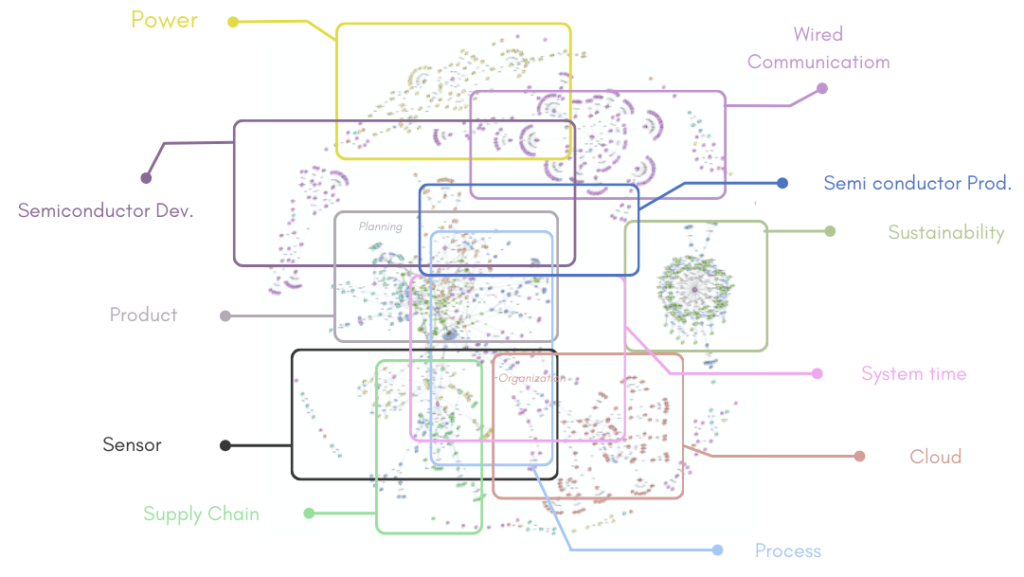
Source: https://ifx-dr.github.io/DigitalReference/
Key Benefits
- Data-driven decision-making through structured knowledge
- Interoperability between different stakeholders and systems
- Automation of supply chain processes to increase efficiency
Why Do We Need the Digital Reference?
The semiconductor supply chain involves multiple partners, each contributing data. However, due to the lack of standardization, this data is often fragmented and not reusable across the entire supply chain.
Challenges Without a Standardized Reference
- Different terminologies and data formats hinder collaboration
- Lack of visibility into supply chain bottlenecks
- Inconsistent data quality affects decision-making
How Digital Reference Solves These Issues
- Standardization – Creates a common language for data exchange
- Semantic Structuring – Represents data as concepts and relationships
- Improved Collaboration – Ensures interoperability across the industry
The Technology Behind the Digital Reference
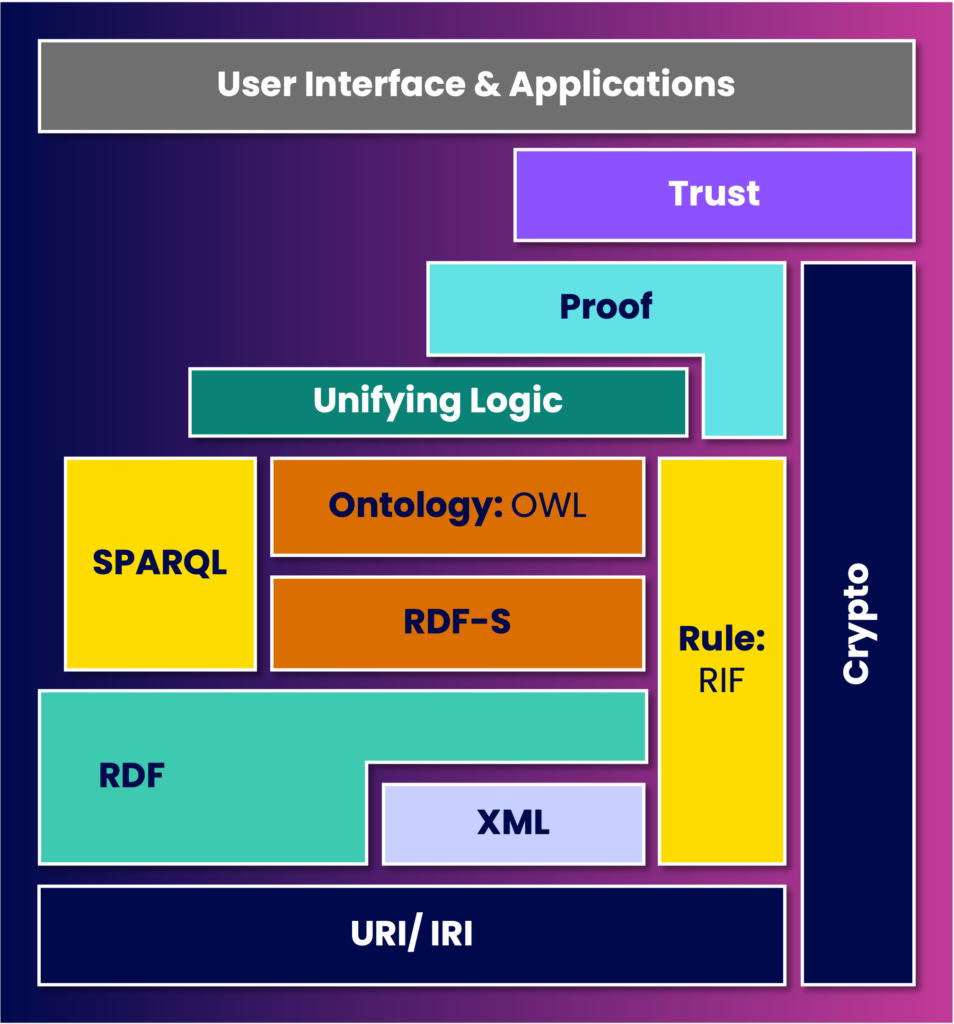
The Semantic Web Stack
The Digital Reference is based on the Semantic Web Stack, a set of technologies that enable machines to understand and process data effectively.
Key Components of the Semantic Web Stack:
- SPARQL – A query language to retrieve structured information
- Resource Description Framework (RDF) – A data model for structuring information
- Web Ontology Language (OWL) – A framework for defining relationships between data
How the RDF Model Works
Data in the Digital Reference is organized in triples, following a subject-predicate-object structure. This makes it easier to integrate, share, and analyze data across different systems.
Examples of RDF Triples in the Semiconductor Supply Chain:
- SUV is_subClass_of Car
- ChipX is_manufactured_by CompanyY
- SupplierA delivers_Chips_to FactoryB

The Journey of the Digital Reference
- 2017 – Initiated as part of the Productive 4.0 project
- April 2020 – Digital Reference completed and launched
- October 2020 – Integrated into SC4EU for supply chain forecasting
- 2021-2024 – Further development in projects like Gaia-X, Catena-X, Power-Power, EnerMan, GeniusTex
Our Role at Opaix
At Opaix, together with our partners (e.g., Infineon Technologies AG) we actively contribute to making the Digital Reference an industry standard by:
- Developing Ontologies for various use cases
- Supporting Standardization Efforts in semiconductor supply chains
- Contributing to Funded Research Projects, including:
- SC4EU – Enhancing supply chain forecasting
- GAIA-X – Building European data infrastructures
- Semiconductor X – Strengthening semiconductor resilience
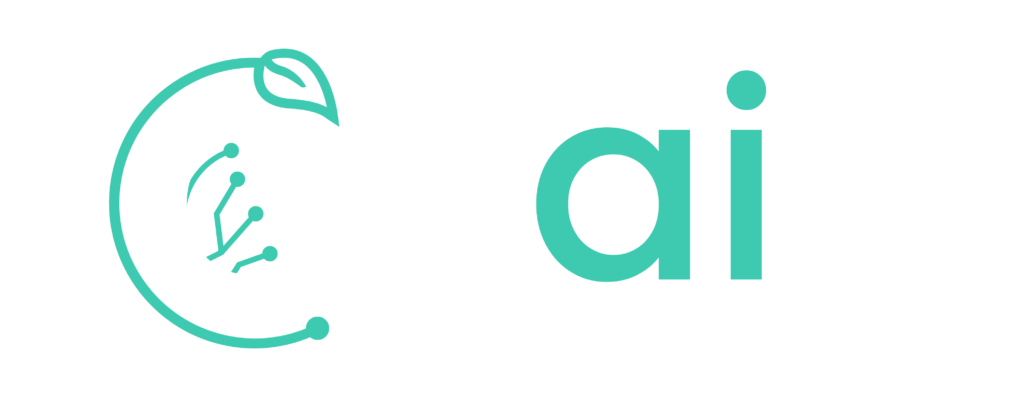
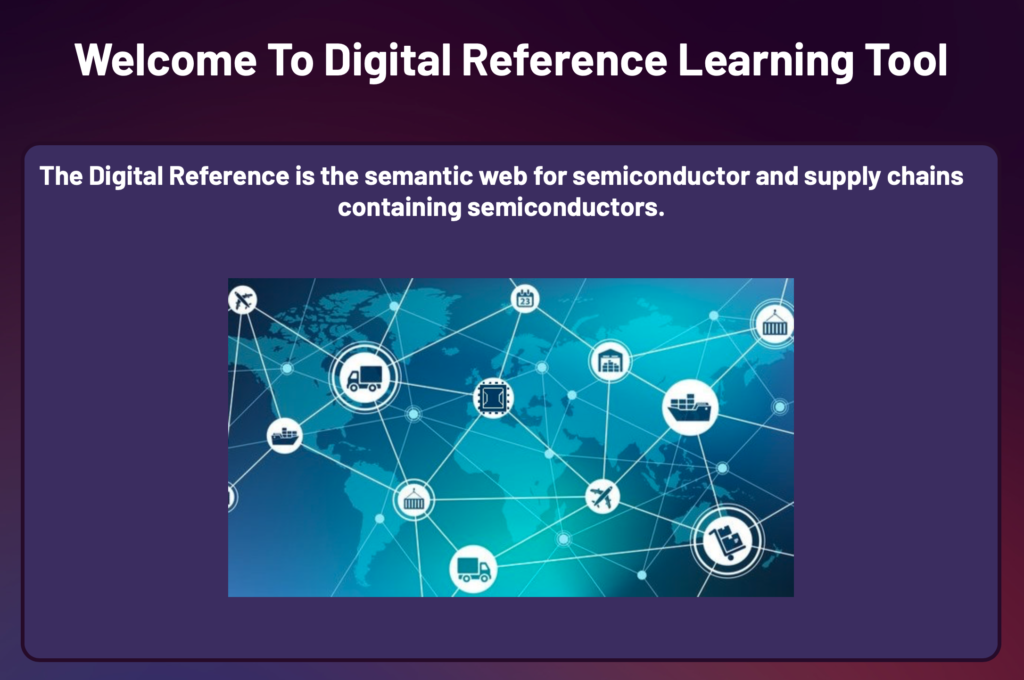
Explore the Digital Reference (DR) via the Learning Tool or OntoQuest
Use Cases & Applications of the Digital Reference
1. Traceability & Transparency
The Digital Reference can ensures full visibility into the semiconductor supply chain, enabling better monitoring and risk management.
2. Interactive Visualization with VR
At Opaix, we offer a VR-based demonstrator that allows users to explore the interconnected data within the Digital Reference.
3. True Demand Forecasting with Multi-Party Computation
Companies can leverage secure data exchange techniques to enhance demand forecasting while protecting sensitive business data.
4. Capacity Offering Options in the Industry
By using Digital Reference, companies can share real-time capacity information, improving efficiency and resource utilization across the industry.

Get Involved
The Digital Reference is an open-source initiative – contributions and feedback are welcome!
